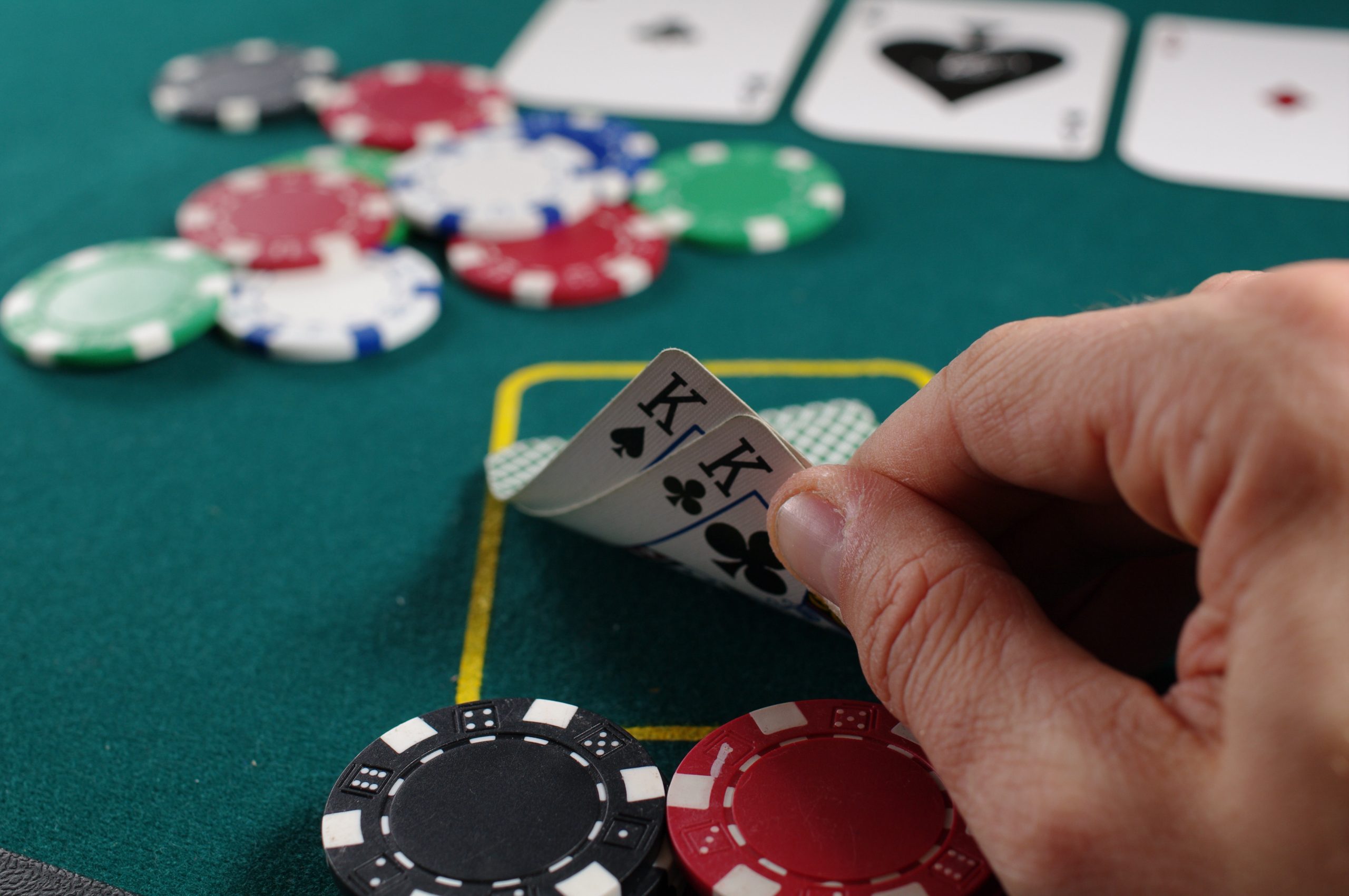In recent times Omaha poker has come up on the outside and moved strongly into second place in the race for the ‘most played poker variation’. Now second only to Texas Hold’em in the popularity stakes, Omaha is also a ‘community’ poker game and very similar to its more popular sibling. Community card games are those where a part of the cards are ‘shared’ between all of the players on the table. However, its surge in popularity can be put down to the fact that it is an even faster game and the subtle differences in its rules encourages more players to stay in the game to its conclusion. This means that players spend less time waiting for a hand to finish to get involved in the action again.
So what’s the difference?
Like in Hold’em the first dealer is chosen by a high card draw, and the small and large blinds must be placed by the two players to the dealer’s left. The first deal is where Omaha diverges from Hold’em with each player being dealt 4 cards rather than 2. This is where the pre-flop betting begins. While there are a couple of different systems for betting, in the first round the most common is for players to be able to only raise by the value of the big blind. So if calling matches the big blind at $50, a raise would be $50 to call, and another $50 to raise. The next player would then fold, or call with $100, or raise with $150. This prevents aggressive players raising the stakes too high at this juncture of the game.
The flop, again like in Hold’em, is three cards being dealt to the table, face up. Players then bet as per the first round with the difference that raises will be the equivalent of the ‘big bet’, which is usually around double the big blind. Two more rounds follow in exactly the same pattern so that before the final betting round there are five community cards on the table in addition to the four that each player has in hand when you play on Nordicbetcasino.com.
Evaluating the final hands differs slightly to Texas Hold’em. For example, there is no such thing as three pairs, even though with nine cards this is potentially much more likely. If a player has three pairs, the highest value two will be counted. The main difference however is that each player must use only two of the four cards in their hand, and three of the five community cards to make the strongest possible combination of five.
